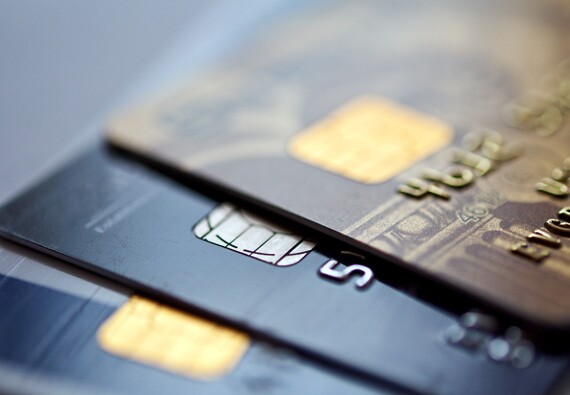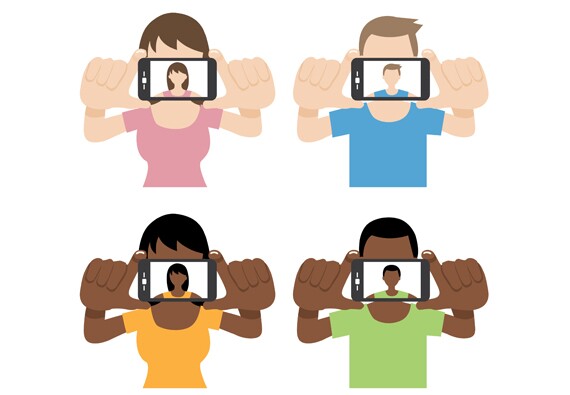

EMV in the USA

PCI 3.1

Back to Basics

Tokenization Expands

Lessons from Ashley Madison

Biometrics Learning Curve

Security Gets Experimental










Fintechs and banks approach innovation from different starting points. Noelle Acheson points out that this can be seen in their approach to payments, and now also in the approach to stablecoins.
Fed Gov. Stephan Miran has spent his short tenure at the central bank arguing that disinflation in housing and immigration reforms will tamp down inflation in the near term. But other economists say the timing, degree and context of those effects is very much in question.
Central Bancompany said in a presentation to investors this month that it's looking to overhaul its core technology and data systems, while also hunting for a deal.
The Consumer Financial Protection Bureau Thursday will publish a revamped version of its Section 1071 small business data collection rule, dramatically scaling back the data to be collected and the number of lenders who must comply.
An appeals court's decision will make it harder for consumer-lending-focused fintechs to operate in Colorado. But the impact could eventually be felt more widely, according to both industry groups and consumer advocates.
The new rules require banks in the ACH network to implement risk-based monitoring to combat rising fraud and scam schemes.